Introduction
In the last five posts I have discussed receiving CubeSats under various conditions and locations. Following my successful reception of EIRSAT-1, I wanted to see if my procedure could be used for other University/Educational CubeSats (Ref.1/5). I cross referenced several data bases to make a collection of possible candidates. First, the CubeSat must be listed in gr_satellites “Supported Satellites”. Next I checked with SatNOGS to see if the satellite is still in orbit and transmitting and get the transmitter details. Finally I checked n2yo.com to get a pass to the East of my location so I can use my ATSC Yagi.
Scanning through the many CubeSats the name “Veronika” immediately stood out! In 1971 I was a volunteer engineering student in the Netherlands and remember Radio Veronika and all the various pirate radio stations that were all the rage! (Ronan O’Rahilly’s Radio Caroline….etc). Veronika is the name of Boris Procik’s daughter, the sponsor of the mission as outlined in Ref.6.
Reception Parameters
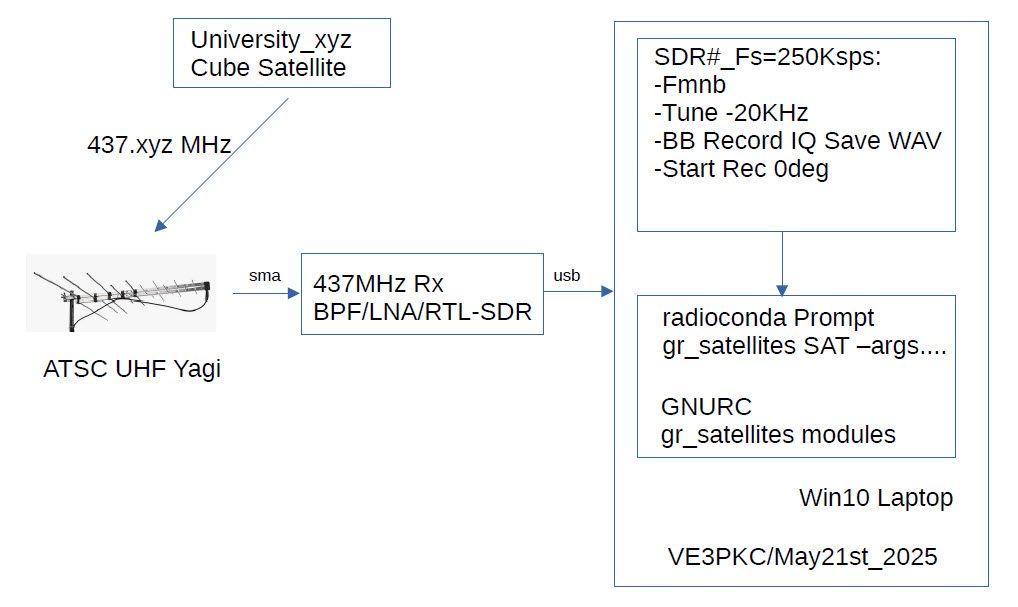
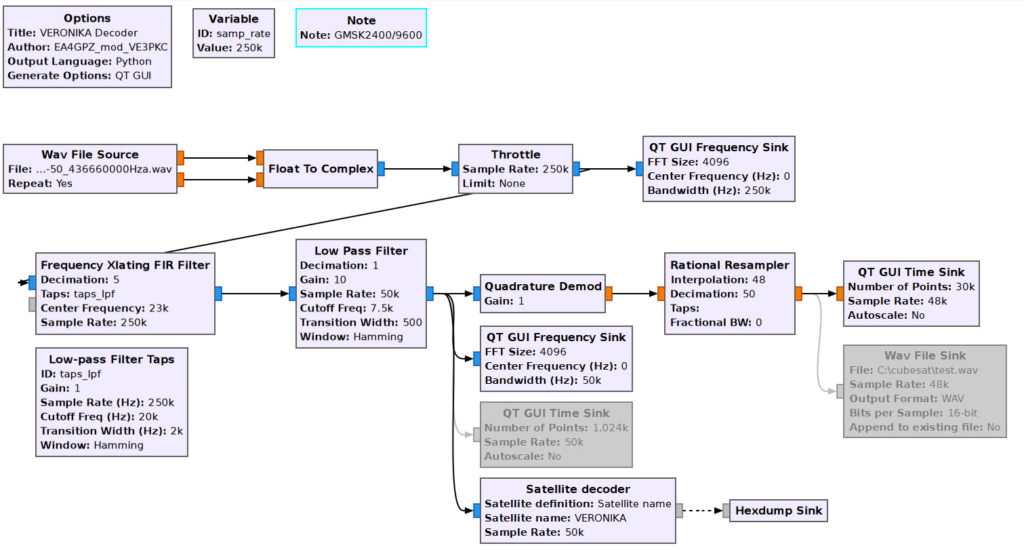
Figure 1 shows the equipment setup. The UHF Yagi is pointed due East. The 433MHz BPF/LNA/RTL-SDR is connected to the Yagi with a sma to catv adapter. A long usb cable then feeds a laptop indoors. SDR# is used and the sampling rate is set at 250Ksps to keep file size down. The frequency is set 20KHz below the satellite frequency. The reason for this is to allow for Doppler shift. On playback, you can measure the actual packet receive frequency then set this in the GNURadio Frequency Translation Filter. The Baseband IQ recorder is used and I start recording the minute my QTH appears in the satellite footprint. The satellite pass is typically about 5-8 minutes so the files get big. You can trim them later in Audacity. I keep the gain low at 19.7dB, but this depends on the active QRM, so I adjust this for minimum intermod. Figure 2 shows the GNURadio schematic used with gr_satellites Satellite Decoder set for “VERONIKA”.
Signal Capture
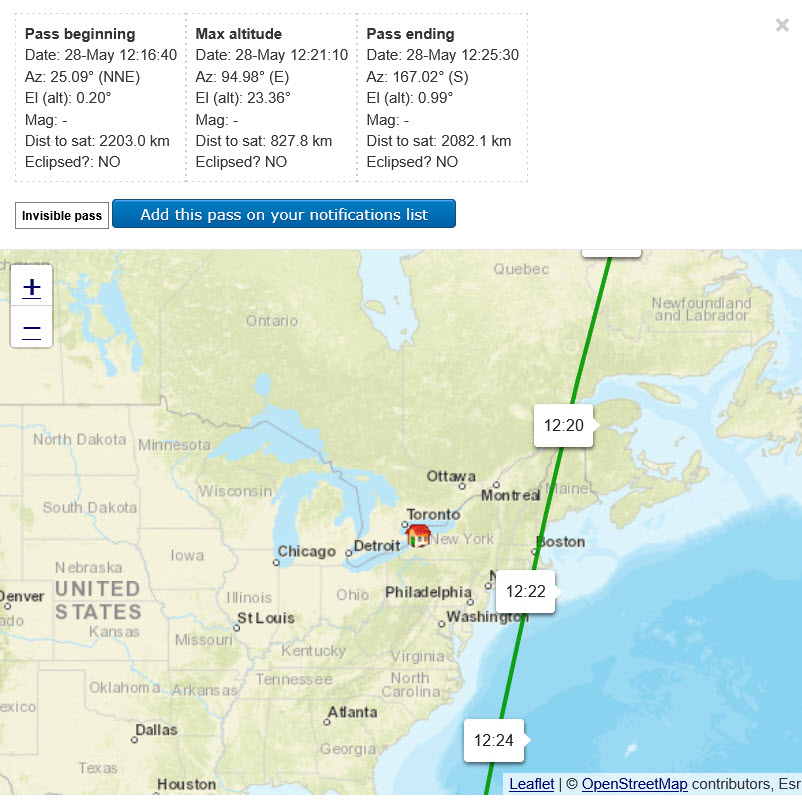


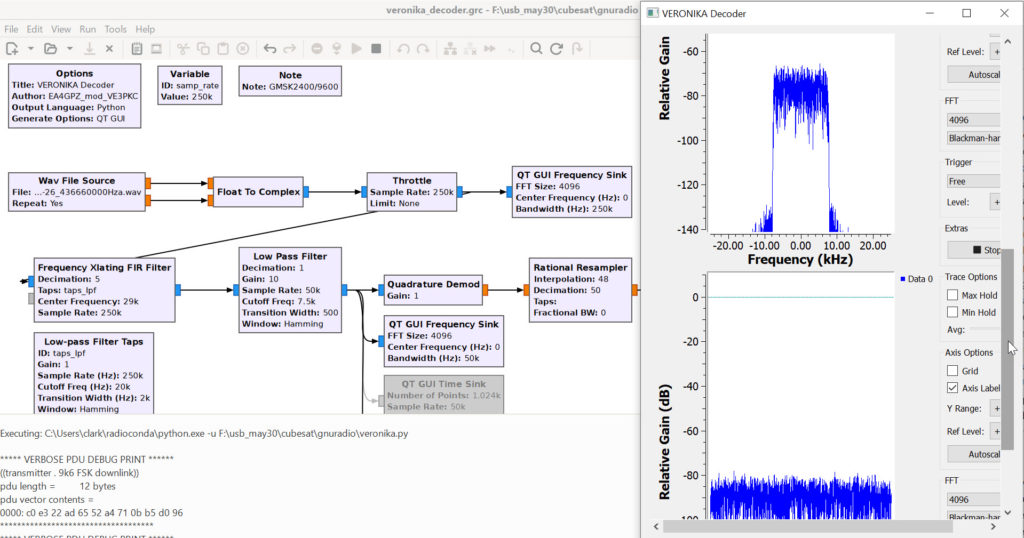
Figure 3 shows a close pass at Elev=23deg on May 28th and Figure 4 shows the GNURadio decode (Freq Shift=23KHz). Figure 5 shows another close pass on May29th at Elev=73deg with decode in Figure 6 (Freq Shift=29KHz). In my particular QTH, the visible sky not blocked by steel condos is approx. 25deg – 50deg, so both passes were partially blocked.
GNURadio Decode
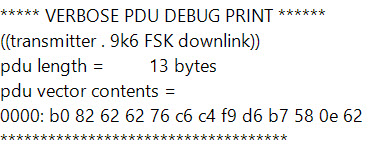
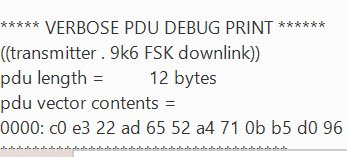
Figure 7 shows a comparison of the Hex Dumps on May28th and May29th.
GNU Radio Companion Basics Course
Please send your comments, questions and suggestions to:
contact:

References
#1. – “CubeSat 437MHz on GNURadio”
https://jeremyclark.ca/wp/telecom/cubesat-437mhz-on-gnuradio/
#2. – “CubeSat 437MHz à Montréal”
https://jeremyclark.ca/wp/telecom/cubesat-437mhz-a-montreal/
#3. – “RTL-SDR for 433MHz/70cm CubeSats Signal Captures”
https://jeremyclark.ca/wp/telecom/rtl-sdr-for-433mhz-70cm-cubesats-signal-captures/
#4. – “RTL-SDR for 433MHz/70cm Cubesats on GNURadio”
https://jeremyclark.ca/wp/telecom/rtl-sdr-for-433mhz-70cm-cubesats-on-gnuradio/
#5. – “RTL-SDR for 433MHz/70cm Cubesats”
https://jeremyclark.ca/wp/telecom/rtl-sdr-for-433mhz-70cm-cubesats/
#6. – “Veronika Mission”
https://www.spacemanic.com/news/veronika-mission-update-empowering-education-and-science-through-space-exploration/
